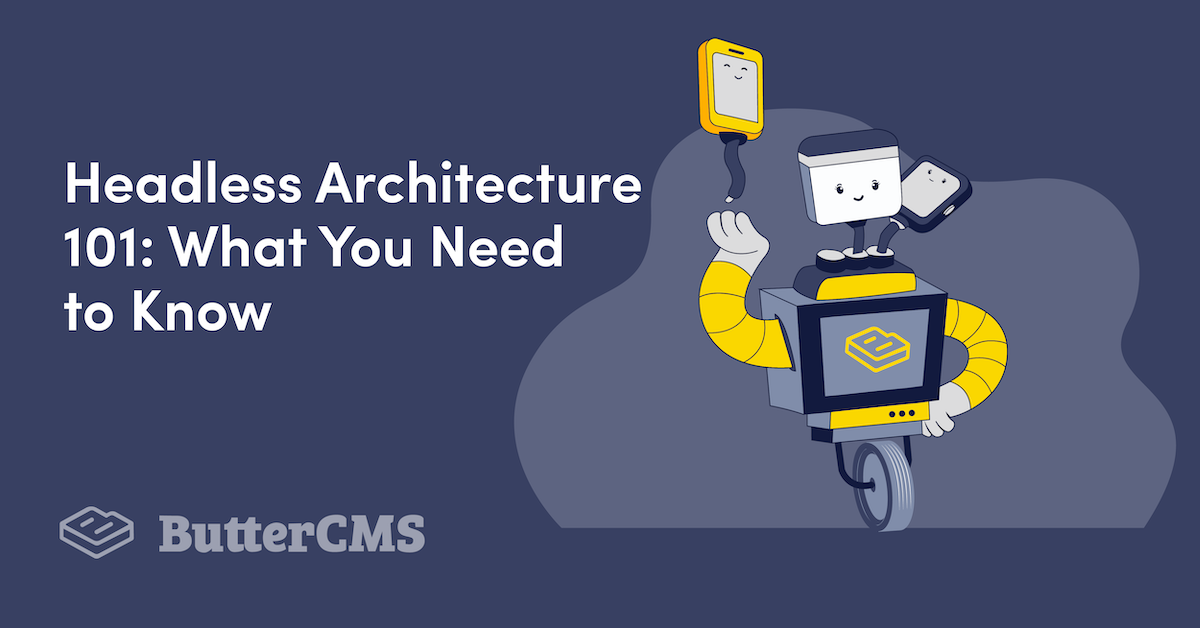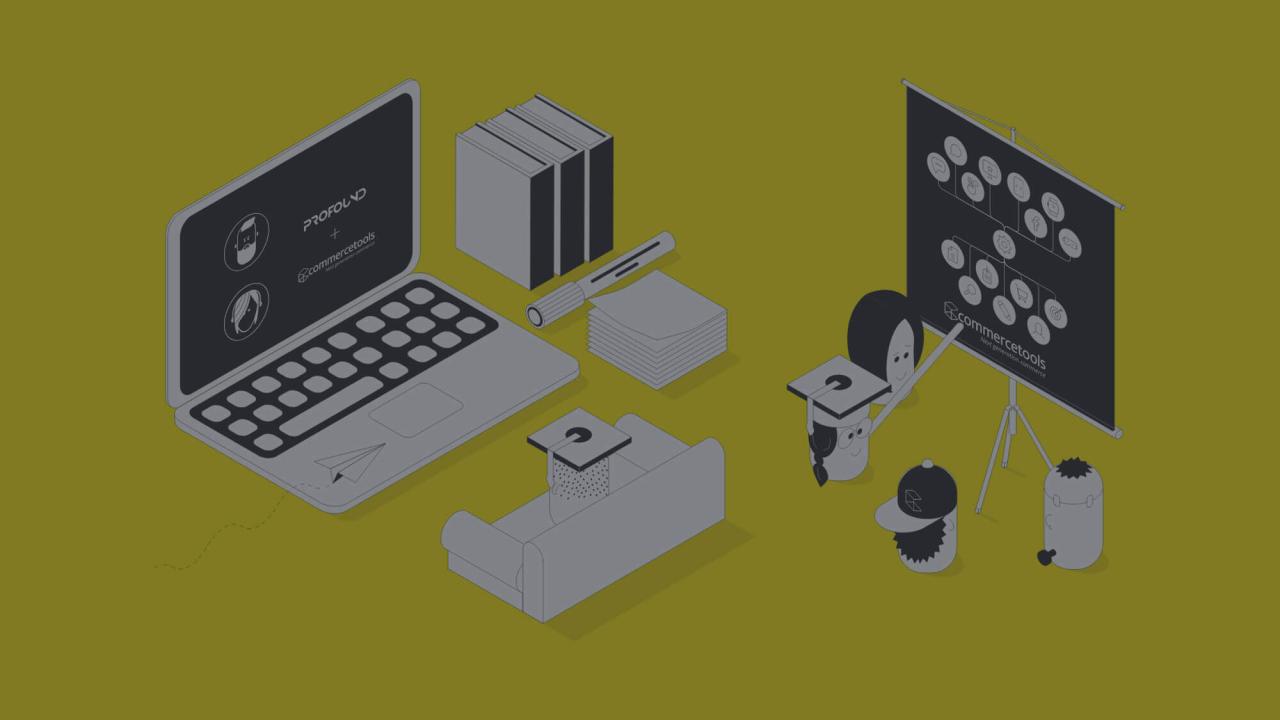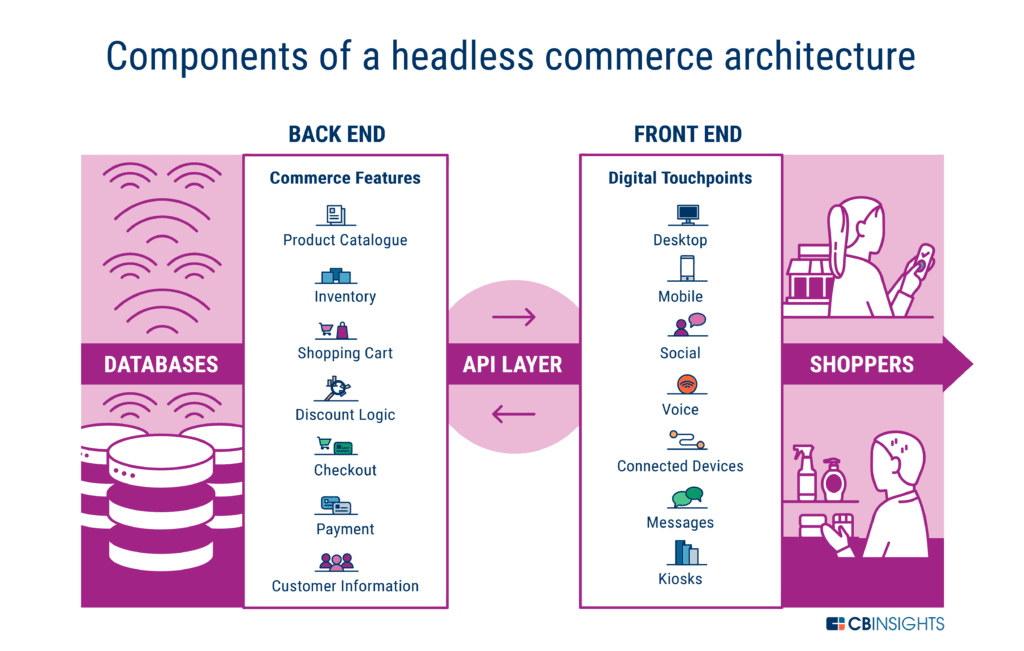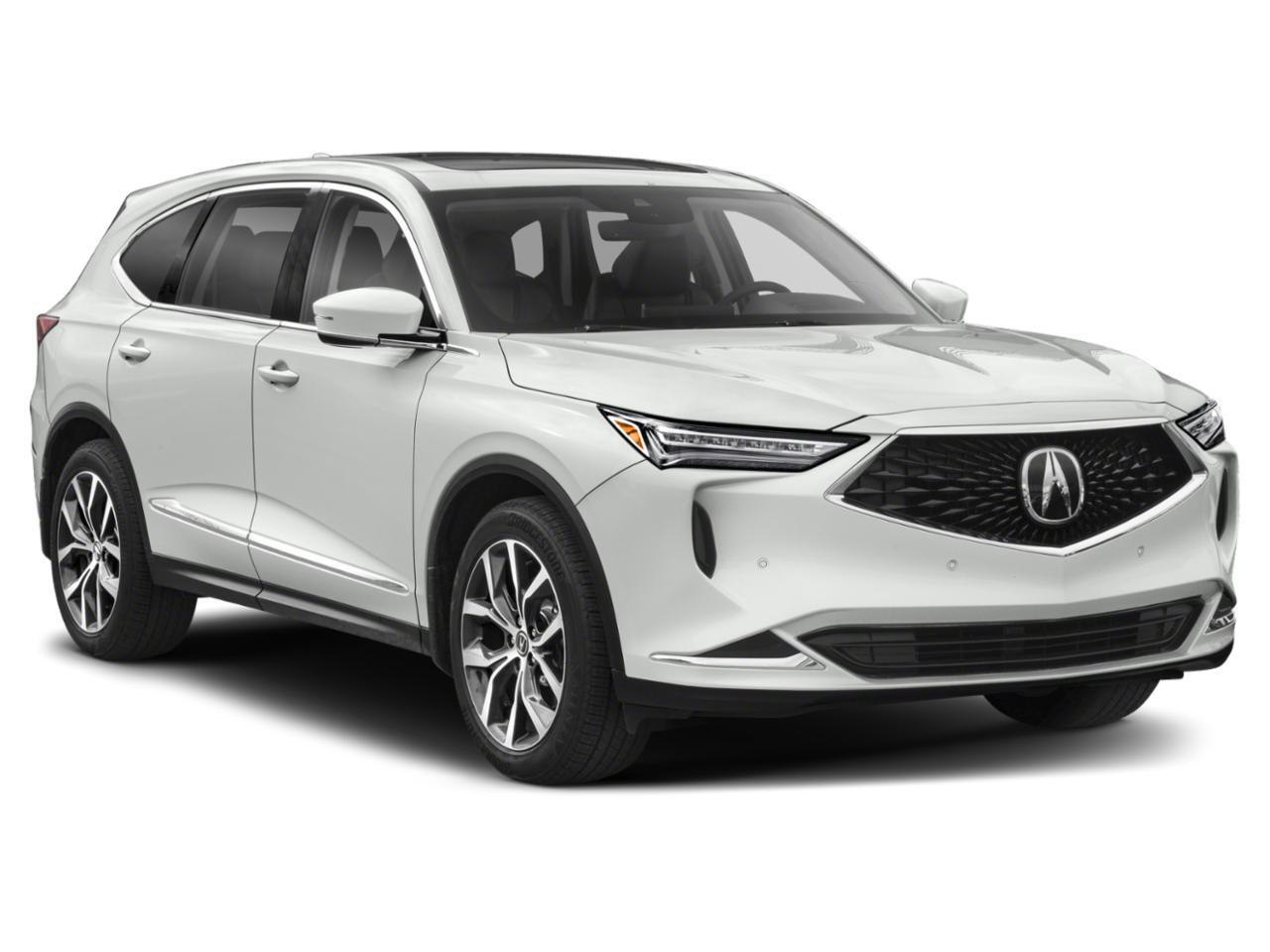What Is Headless Technology: A Modern Approach to Web Development
What is headless technology? It’s a modern approach to web development that separates the presentation layer (the front-end) from the content management system (CMS) or back-end. Imagine building a website […]

What is headless technology? It’s a modern approach to web development that separates the presentation layer (the front-end) from the content management system (CMS) or back-end. Imagine building a website like constructing a house: the front-end is the beautiful exterior, while the CMS is the sturdy foundation and internal structure. In a headless setup, these two parts are independent, allowing for greater flexibility and customization.
Headless technology uses APIs (Application Programming Interfaces) to connect the front-end and back-end, enabling data exchange and dynamic content delivery. This decoupling allows developers to choose the best tools for each part, creating a more efficient and scalable website. For instance, you could use a powerful CMS like WordPress for content management and a modern JavaScript framework like React for building a dynamic user interface.
Introduction to Headless Technology
Headless technology is a modern approach to website and application development that separates the front-end presentation layer from the back-end content management system (CMS). Essentially, the “head” (the front-end) is decoupled from the “body” (the back-end), allowing developers to use any front-end framework or platform they prefer while still accessing and managing content through a separate CMS.
Headless technology works by leveraging APIs (Application Programming Interfaces) to connect the front-end and back-end systems. The CMS acts as a central repository for content, and the front-end retrieves this content through API calls. This enables developers to build highly customized and responsive user interfaces without being limited by the constraints of a traditional CMS.
Examples of Headless Technology Implementations
Headless technology has gained significant popularity in recent years, and numerous organizations have successfully implemented it. Here are some real-world examples:
- Content Delivery Networks (CDNs): CDNs use headless architecture to deliver content to users worldwide. The CDN acts as the front-end, while the back-end CMS manages the content and provides it to the CDN through APIs. This ensures fast and efficient content delivery, regardless of the user’s location.
- Mobile Apps: Many mobile applications utilize headless technology to access and display content from a back-end CMS. This allows developers to build engaging and interactive mobile experiences without having to manage the complexities of a traditional CMS on the mobile platform.
- E-commerce Platforms: Headless technology enables e-commerce businesses to create seamless shopping experiences across multiple channels. The back-end CMS manages product information, orders, and inventory, while the front-end can be customized to match the specific needs of different sales channels, such as websites, mobile apps, and social media platforms.
Components of a Headless Architecture

A headless architecture is made up of distinct components that work together to deliver content to various channels. This separation of concerns allows for greater flexibility, scalability, and efficiency in managing digital experiences.
The Role of the Content Management System (CMS)
The CMS in a headless setup primarily focuses on content creation, management, and storage. Unlike traditional CMSs that handle both content delivery and presentation, a headless CMS acts as a central repository for content, making it accessible to different front-end platforms through APIs.
The Importance of APIs in Connecting Different Components
APIs act as the glue that binds different components in a headless architecture. They facilitate communication and data exchange between the CMS, front-end applications, and other systems. This seamless integration enables content to be delivered dynamically to various platforms, such as websites, mobile apps, and smart devices.
Benefits of Headless Technology
Headless technology offers a plethora of advantages for website development, making it a popular choice for businesses seeking to enhance their online presence and user experience. The separation of frontend and backend allows for greater flexibility, improved performance, and enhanced scalability, leading to a more dynamic and efficient website.
Enhanced Performance and Scalability
Headless technology significantly improves website performance and scalability by separating the frontend and backend. This separation allows for independent optimization of both parts, resulting in faster loading times and smoother user experiences.
- Faster Page Load Times: The frontend, responsible for the user interface, can be optimized for speed and responsiveness. Content delivery networks (CDNs) can be leveraged to cache static assets, ensuring faster delivery to users regardless of their geographical location.
- Improved Scalability: The backend, responsible for data management and logic, can handle increased traffic and data loads without affecting the frontend’s performance. This allows for seamless scaling of the website as user traffic grows.
Increased Flexibility and Customization
Headless technology empowers developers with unparalleled flexibility and customization capabilities, allowing them to tailor websites to specific business needs and user preferences.
- Content Management Flexibility: Headless technology allows for the use of various content management systems (CMS) or even custom-built solutions. This flexibility enables businesses to choose the best platform for their content needs and workflows.
- Custom User Experiences: The decoupled architecture of headless technology enables the creation of personalized user experiences tailored to specific user segments. Developers can leverage data and user behavior to deliver targeted content and interactions.
- Multi-Channel Deployment: Headless technology facilitates multi-channel content delivery, allowing businesses to publish content across various platforms, including websites, mobile apps, and social media, without needing to maintain separate content repositories.
Use Cases for Headless Technology
Headless technology is incredibly versatile, finding applications across various industries. Its decoupled nature allows for a flexible and adaptable approach to content management and delivery, making it ideal for diverse use cases.
Real-World Use Cases
Here’s a breakdown of how headless technology is employed in various sectors:
| Industry | Use Case | Benefits | Examples |
|---|---|---|---|
| E-commerce | Building personalized and engaging shopping experiences | Increased conversion rates, improved customer satisfaction, enhanced brand consistency across multiple channels | Companies like Nike, Adidas, and Reebok utilize headless technology to create dynamic and personalized shopping experiences for their customers. They leverage APIs to connect their e-commerce platforms with various front-end channels, such as mobile apps, social media platforms, and smart displays, offering a seamless and consistent brand experience across multiple touchpoints. |
| Media & Entertainment | Delivering high-quality and personalized content across multiple platforms | Improved content delivery, enhanced user engagement, increased reach and audience engagement | Netflix, Spotify, and Hulu are prime examples of media companies using headless technology to power their streaming services. They use APIs to seamlessly deliver content across diverse platforms, including smart TVs, mobile devices, and web browsers. This enables them to provide a consistent and high-quality user experience regardless of the platform. |
| Marketing & Advertising | Creating targeted and engaging marketing campaigns | Improved campaign performance, increased customer engagement, and optimized marketing spend | Headless technology empowers brands like Coca-Cola and Pepsi to deliver personalized and engaging marketing campaigns. They use APIs to integrate their marketing platforms with various channels, such as social media, email, and mobile apps. This allows them to tailor content and experiences to specific audience segments, leading to higher conversion rates and enhanced customer engagement. |
| Healthcare | Providing secure and personalized healthcare experiences | Improved patient engagement, enhanced data security, and streamlined workflows | Hospitals and healthcare providers are increasingly leveraging headless technology to deliver secure and personalized healthcare experiences. They use APIs to integrate their systems with various healthcare applications, such as patient portals, wearable devices, and telemedicine platforms. This enables them to provide a seamless and secure experience for patients, enhancing communication and improving patient outcomes. |
Specific Scenarios Where Headless Technology is Particularly Beneficial
Headless technology excels in situations where:
- Rapid Content Updates are Required: When content needs to be updated frequently, headless technology shines. With a decoupled architecture, content can be easily modified and pushed to various channels without affecting the underlying infrastructure. For example, a news website can leverage headless technology to quickly update content across multiple platforms, including their website, mobile app, and social media accounts.
- Personalized Experiences are Essential: Headless technology enables developers to create highly personalized experiences by tailoring content and functionalities based on user preferences and behaviors. For instance, an e-commerce platform can use headless technology to personalize product recommendations, promotional offers, and checkout experiences, leading to increased customer satisfaction and conversion rates.
- Multi-Channel Delivery is Crucial: Headless technology allows content to be delivered across a multitude of channels, including websites, mobile apps, social media, and voice assistants. This ensures a consistent brand experience across different platforms, regardless of the user’s preferred channel.
Examples of How Headless Technology Can Enhance User Experience
Here are some practical examples of how headless technology improves user experience:
- Seamless Integration: Headless technology enables seamless integration of various applications and services. For example, a travel website can integrate booking engines, flight tracking, and hotel reviews into a unified platform, offering a seamless and convenient experience for travelers.
- Dynamic Content: Headless technology allows for dynamic content delivery, ensuring that users see relevant and personalized information. For instance, an e-commerce website can use headless technology to display product recommendations based on the user’s browsing history and purchase preferences, leading to a more engaging shopping experience.
- Improved Performance: By separating the front-end and back-end, headless technology can improve website performance and reduce loading times. This leads to a smoother and more enjoyable user experience, especially for users with slower internet connections.
Headless vs. Traditional Architecture: What Is Headless Technology
The world of web development is filled with different approaches, and choosing the right one depends on your specific needs and goals. Two prominent architectures stand out: traditional and headless. Understanding the differences between them is crucial for making informed decisions about your website’s development.
This section compares and contrasts headless architecture with traditional website architectures. We will explore the key differences in terms of functionality, development, and deployment. We will also discuss the pros and cons of each approach.
Functionality
Traditional website architectures typically involve a tightly coupled system where the front-end (what users see) and back-end (data and logic) are interconnected. In contrast, headless architecture decouples the front-end and back-end, allowing for greater flexibility and independence.
- Traditional architecture uses a monolithic approach where the front-end and back-end are bundled together, resulting in a single application. This approach makes it challenging to scale or update the website independently.
- Headless architecture separates the front-end and back-end, enabling them to function independently. This separation allows for more flexibility and scalability, as developers can update or modify one part of the website without affecting the other.
Development
The development process for traditional and headless architectures differs significantly.
- Traditional architecture development typically involves a single team responsible for both front-end and back-end development. This approach can lead to dependencies and delays, as changes in one part of the website may require adjustments in other areas.
- Headless architecture development allows for separate teams to work on the front-end and back-end, fostering greater agility and efficiency. This approach enables developers to focus on their respective areas of expertise, leading to faster development cycles.
Deployment
The deployment process also varies between traditional and headless architectures.
- Traditional architecture deployment typically involves deploying the entire website as a single unit. This approach can be time-consuming and complex, especially for large websites with multiple components.
- Headless architecture deployment allows for independent deployment of the front-end and back-end, simplifying the process and reducing the risk of downtime. This approach allows for more frequent updates and improvements without disrupting the website’s functionality.
Pros and Cons of Traditional Architecture
Traditional architecture offers several advantages:
- Ease of development: For simple websites with basic functionalities, traditional architecture can be easier to develop and manage. The tight integration between front-end and back-end simplifies the development process.
- Cost-effectiveness: For smaller projects with limited budgets, traditional architecture can be a more cost-effective option due to its simpler development and deployment process.
- Familiar tools and technologies: Traditional architecture often uses established tools and technologies, making it easier for developers to find resources and support.
However, traditional architecture also has some drawbacks:
- Limited flexibility: The tightly coupled nature of traditional architecture can make it difficult to adapt to changing requirements or integrate with third-party services.
- Slower development cycles: Changes to the website require updates to both the front-end and back-end, leading to longer development cycles.
- Difficult to scale: Scaling traditional websites can be challenging as the front-end and back-end are tightly integrated, making it difficult to increase capacity or add new features.
Pros and Cons of Headless Architecture
Headless architecture offers several advantages:
- Flexibility and scalability: The decoupled nature of headless architecture allows for greater flexibility in choosing front-end technologies and integrating with third-party services. It also makes it easier to scale the website to meet growing demands.
- Faster development cycles: Separate teams can work on the front-end and back-end, leading to faster development cycles and quicker time to market.
- Improved user experience: Headless architecture allows for more dynamic and engaging user experiences, as the front-end can be tailored to specific devices and platforms.
However, headless architecture also has some drawbacks:
- Increased complexity: Managing separate front-end and back-end systems can be more complex than managing a traditional monolithic architecture.
- Higher development costs: Headless architecture requires specialized skills and expertise, which can lead to higher development costs.
- Limited content management: Headless architecture requires a separate content management system (CMS) to manage website content. This can add complexity and increase the cost of implementation.
Implementing Headless Technology

Implementing a headless technology solution involves a structured approach to integrate the various components and ensure seamless data flow. This section delves into the steps involved in implementing headless technology, discusses considerations for choosing the right headless CMS and front-end framework, and provides guidance on integrating APIs and managing data flow.
Steps Involved in Implementing Headless Technology, What is headless technology
Implementing headless technology involves a series of steps that ensure a smooth transition from a traditional architecture to a headless one. This process typically involves:
- Planning and Defining Requirements: The first step is to define the project scope, identify specific requirements, and Artikel the desired functionalities of the headless solution. This includes understanding the content types, user roles, and desired integrations.
- Choosing a Headless CMS: Selecting the right headless CMS is crucial. Considerations include features, scalability, pricing, ease of use, and community support. Popular options include Contentful, Strapi, and Prismic.
- Selecting a Front-End Framework: The choice of front-end framework depends on the project’s requirements and the development team’s expertise. Options include React, Angular, and Vue.js.
- API Integration: Connecting the headless CMS to the front-end framework involves setting up APIs. This requires understanding RESTful APIs, JSON data formats, and API documentation.
- Content Migration: If migrating from a traditional CMS, transferring existing content to the headless CMS is necessary. This involves content mapping and ensuring data consistency.
- Development and Testing: Building the front-end experience using the chosen framework and integrating the headless CMS API. This involves testing the functionalities, performance, and responsiveness.
- Deployment and Maintenance: Deploying the headless solution to the production environment and ensuring ongoing maintenance, security updates, and performance monitoring.
Considerations for Choosing a Headless CMS and Front-End Framework
Selecting the appropriate headless CMS and front-end framework is crucial for the success of a headless technology implementation. Factors to consider include:
- Content Management Needs: The headless CMS should align with the content types, workflow requirements, and content management features needed for the project.
- API Capabilities: The headless CMS should provide robust APIs with comprehensive documentation to facilitate seamless integration with the front-end framework.
- Scalability and Performance: The headless CMS should be able to handle the anticipated traffic volume and content growth, ensuring optimal performance.
- Security and Compliance: The headless CMS should adhere to industry security standards and comply with relevant regulations.
- Community Support and Documentation: The availability of a supportive community and comprehensive documentation is crucial for troubleshooting and learning the platform.
- Integration with Existing Systems: The headless CMS should be able to integrate with other systems, such as marketing automation platforms, CRM systems, and analytics tools.
- Pricing and Licensing: The pricing model and licensing terms of the headless CMS should align with the project budget and long-term plans.
Integrating APIs and Managing Data Flow
Integrating APIs is a critical aspect of headless technology. This involves understanding the different API types, data formats, and how to manage data flow effectively.
- API Types: RESTful APIs are commonly used in headless technology. They allow the front-end framework to interact with the headless CMS by sending requests and receiving responses in JSON format.
- Data Formats: JSON (JavaScript Object Notation) is a widely used data format for API communication due to its simplicity and human-readability.
- API Documentation: Understanding the API documentation is essential for developers to understand the available endpoints, request parameters, and response formats.
- Data Flow Management: Managing data flow between the headless CMS and the front-end framework involves implementing efficient caching mechanisms, handling errors gracefully, and optimizing API calls for performance.
The Future of Headless Technology
The headless approach to web development is rapidly gaining traction, and its influence on the future of web development is undeniable. Headless technology is poised to revolutionize how we build and experience the web, with advancements driving its adoption across diverse industries.
Emerging Trends and Advancements
Headless technology is constantly evolving, driven by advancements in various areas. These trends are shaping the future of headless development and influencing how businesses build and manage their digital experiences.
- The Rise of Composable Commerce: Composable commerce is a key trend within headless technology. This approach allows businesses to build their e-commerce solutions by combining best-of-breed components and services, creating highly customizable and flexible online storefronts.
- Integration with Emerging Technologies: Headless technology is seamlessly integrating with emerging technologies like artificial intelligence (AI), machine learning (ML), and the Internet of Things (IoT). This integration allows for more intelligent and personalized user experiences, powered by data-driven insights and real-time interactions.
- Enhanced Security and Scalability: As headless architectures prioritize API-based communication, they inherently offer enhanced security and scalability. This is because APIs provide a controlled and standardized way to access and manage data, making it easier to secure and scale applications.
- Growth of Headless CMS Platforms: The headless CMS market is expanding rapidly, with new platforms emerging and existing ones evolving to meet the growing demand. This competition is driving innovation and offering businesses a wider range of options to choose from.
Potential Impact on Web Development
Headless technology’s impact on web development is profound and far-reaching. It is transforming how websites and applications are built, managed, and experienced.
- Increased Developer Flexibility: Headless architectures empower developers with greater flexibility in choosing the tools and technologies best suited for their projects. This freedom allows them to build custom solutions that meet specific business needs.
- Improved User Experiences: By decoupling the frontend and backend, headless technology enables developers to create highly engaging and personalized user experiences. This is achieved by delivering content and data in real-time, tailoring experiences to individual user preferences.
- Streamlined Content Management: Headless CMS platforms simplify content management, allowing teams to create and manage content efficiently across multiple channels. This streamlined approach reduces complexity and enables content to be delivered consistently across various platforms.
- Faster Time to Market: Headless architectures allow businesses to bring their digital products and services to market faster. This is because the development process is more agile and efficient, enabling quicker iterations and deployments.
Areas of Future Adoption
Headless technology is expected to be widely adopted in various industries and applications in the future.
- E-commerce: Headless technology is already widely used in e-commerce, and this trend is expected to continue. The flexibility and scalability of headless architectures make them ideal for building dynamic and personalized online storefronts.
- Digital Marketing: Headless technology is becoming increasingly popular in digital marketing. It allows marketers to create and manage personalized content experiences across various channels, including websites, mobile apps, and social media platforms.
- Content Management: Headless CMS platforms are gaining popularity for content management, especially for large organizations with complex content needs. They offer greater flexibility and control over content delivery across multiple channels.
- Mobile App Development: Headless technology is a natural fit for mobile app development, as it enables developers to build native apps that can access data and content from a central backend.
- Enterprise Applications: Headless architectures are being adopted by enterprises for building custom applications that integrate with existing systems and workflows. This allows businesses to create seamless digital experiences across their entire organization.
Final Conclusion

Headless technology is revolutionizing the way websites are built, offering unparalleled flexibility and control. It empowers developers to create engaging user experiences across various platforms and devices, while ensuring seamless content management and scalability. By embracing this modern approach, businesses can unlock new possibilities for digital innovation and achieve their online goals with greater efficiency and agility.
Headless technology separates the front-end (what users see) from the back-end (the logic and data). This allows for greater flexibility and customization. A deep understanding of this technology is essential for anyone pursuing a technology business management certification , as it helps them navigate the complexities of modern application development and deployment.






